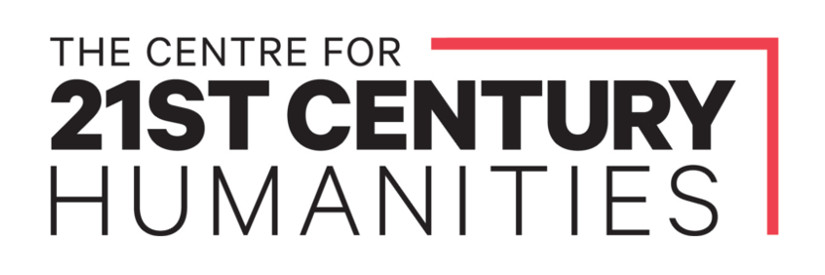| Site Name | Moira Swamp |
| Aboriginal or Torres Strait Islander Place Name | |
| Language Group, Nation or People | Yorta Yorta, Bangerang |
| Present State/Territory | NSW |
| Colony/State/Territory at the time | NSW |
| Police District | Murray |
| Latitude | -35.942 |
| Longitude | 144.95 |
| Date | 15 Dec 1843 |
| Attack Time | Day |
| Victims | Aboriginal or Torres Strait Islander People |
| Victim Descriptions | Aboriginal |
| Victims Killed | 26 |
| Victims Killed Notes | 20 men, 1 woman, 5 children. |
| Attackers | Colonists |
| Attacker Descriptions | Border Police, Mounted Police, Native Police |
| Attackers Killed | 0 |
| Attackers Killed Notes | |
| Transport | Foot, Horse |
| Motive | Reprisal |
| Weapons Used | Carbine(s), Sword(s) |
| Narrative | Following the killing of two employees at Horatio Spencer Wills' station 'Calimo' (Tumudgery) on the Edward River near present day Deniliquin in NSW, and the loss of several hundred sheep at other stations along the River Murray, on 24 November 1843, Superintendent La Trobe ordered Henry Dana, of the native police, Crown Lands Commissioner Henry Smythe and his Murray District border police, to each take a detachment of their mounted men to the Murray River at Barmah and Moira Lakes, to investigate (Robinson 24 November 1843 in Clark 1998, pp. 213-214). La Trobe was responding to a letter from Henry Bingham, Commissioner of Crown Lands, based at Tumut in NSW, seeking help. Dana and Smythe and their detachments were accompanied by settlers Henry S. Lewis, Edward Hogg and John Oldbury Atkinson and by a detachment of Bingham's border police led by Sgt James. (Franklin 2021, p.49) The entire party is estimated to have comprised about 20 horsemen.
An encounter took place in the Moira Swamps on 15 December 1843. When Dana returned to Melbourne he sent a brief report to La Trobe on 1 January 1844, saying that he had joined Smythe's party 'on the Murray' and that his men had 'behaved exceedingly well and were of the greatest use in the expedition.' (Dana in Franklin 2021, p. 45) However Assistant Protector William Thomas had already heard that several people were killed and confronted Dana about it. In response Dana 'abused him...in a violent manner, damned and threatened to kick him.' (Robinson 3 Jan 1844 in Clark 1998, p. 1) On 8 January 1844, the Geelong Advertiser reported that Thomas had charged Dana with 'the murder of several natives!' and that an investigation was under way. On 4 January 1844, Dr James Allen, Robinson's son-in-law and medical officer at Narre Warren Aboriginal station, told Robinson that 'the blacks had told him that a number of men also women were shot by Dana's party at the Murry [sic] and the children were knocked on the head with carrabines. They first sent a party to look for the natives and then went and planted themselves in a scrub and sent two or three troopers to round or drive them up like sheep to be large party carrelled; they then commenced firing and shot some of them in the river etc.' Dana told Robinson that 'he had had a brush with the natives. He went to the Murray by the Campaspe [River] and returned said 20 men, one woman, five children were shot.' (Robinson 5 January 1844 in Clark 1998, p.2) The inquiry exonerated Dana but did not record the number of people killed. (Port Phillip Gazette 31 January 1844). However, on 17 April 1844, former Sergeant Edward Broderick of Smythe's mounted border police, wrote to La Trobe complaining of his recent dismissal from the force and that he had kept quiet about the illegal shootings of Aboriginal people at the Murray River on 15 December 1843. Smythe and his men had attacked an Aboriginal camp and shot men, women and children 'indiscriminately' and that his evidence could be supported by the three settlers and Sgt James. (Broderick to La Trobe 17 April 1844 in Franklin 2021, pp. 46-49) La Trobe demanded an explanation from Smythe and the three settlers. However, they all said that they fired in self-defence and there was no indiscriminate firing. Smythe said that two Aboriginal men were killed and one woman was wounded in the wrist. Edward Hogg said that Broderick did most of the firing. (Smythe to La Trobe 26 April 1844; Statement by Edward Hogg, 5 June 1841 in Franklin 2021, pp. 54-9). The inquiry came to an end in August 1844, when the Colonial Secretary in Sydney said that Governor Gipps could see 'no reason to suppose that Mr Smythe encouraged or sanctioned the exercise of any unnecessary severity towards the Natives, on the unfortunate occasion of his collision with them in the Swamp called "Moira"'. (Col Sec to La Trobe 16 August 1844 in Franklin 2021, p. 61) This incident is one of very few that led to two formal inquiries. In each case, the ringleaders, Dana and Smythe, were exonerated. Colonial records refer to Aboriginal people in this area as 'Bangerang'. Today, some Aboriginal people in this area prefer to be recognised as Yorta Yorta and some as Bangerang. |
| Sources | Clark ed. Robinson, Port Philllip Journals, vol 3 and vol 4, 1998; Franklin 2021; Geelong Advertiser, 8 January 1844 https://trove.nla.gov.au/newspaper/article/92676812/8432710; Port Phillip Gazette, 31 January 1844 https://trove.nla.gov.au/newspaper/page/23202115. (Sources PDF) |
| Corroboration Rating | *** |

